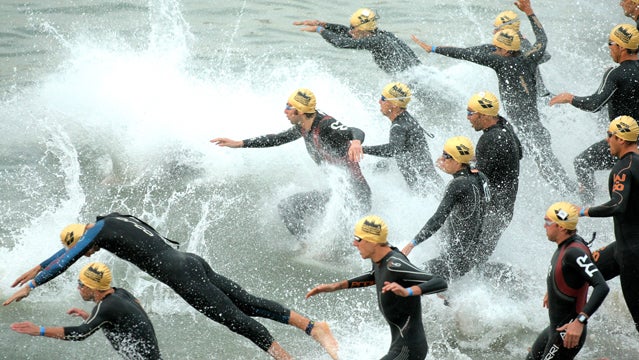Managing three sports isn’t easy, but cross training is one of the best ways to . That’s why are some of the fittest athletes on the planet. Want to join them? Nothing converts the desire to train into a commitment like signing up for an event. Below, ’s Editor-in-Chief, , explains how to pick the perfect first race.
Start Small
Check the Weather
Go Early
Solo or Social?
Wetsuit or No Wetsuit?
Close to Home
Research the Swim
Timing
Your First Triathlon: Start Small
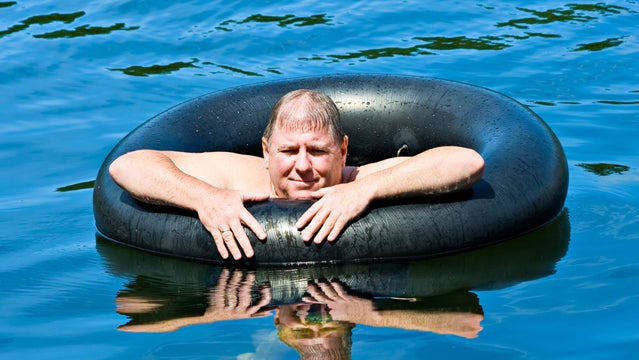
Pollereno recommends starting with a sprint distance race or shorter. “Putting the swim, bike, run together is still a challenge for beginners, but it’s not so overwhelming where you’re paralyzed by how to start training, and all of the gear,” she says. “You will learn so much just going through a triathlon, and the experience will add to the knowledge you can put to use at your next event.”
Your First Triathlon: Check the Weather
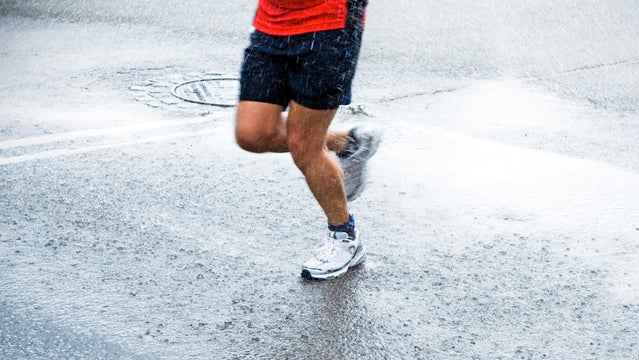
“Consider choosing an event where good weather is likely, because you already have a number of first-timer hurdles to overcome,” Polloreno says. So why not erase the bad weather variable? However, if you think you can use a chilly downpour or gusting winds to your advantage, go for it.
Your First Triathlon: Go Early

The triathlon season kicks off in March and goes through October. “Early season races tend to be less super hard-core and competitive,” Polloreno says. That’s when seasoned triathletes are testing their fitness, or racing their way back into shape. If you want a mellower race experience, look at events in March and April.
Your First Triathlon: Solo or Social?

Do you want to go incognito and race alone, or do you want a more supportive experience? “It’s a good idea to pick a race that’s known for being beginner friendly,” Polloreno says. “There will be a lot more volunteers positioned to make the experience go more seamlessly.”
If you want to train with a group, like Team in Training, the organization may choose your first tri for you. “That can be a fun and social way to tackle your first triathlon as well,” Polloreno says.
Your First Triathlon: Wetsuit or No Wetsuit
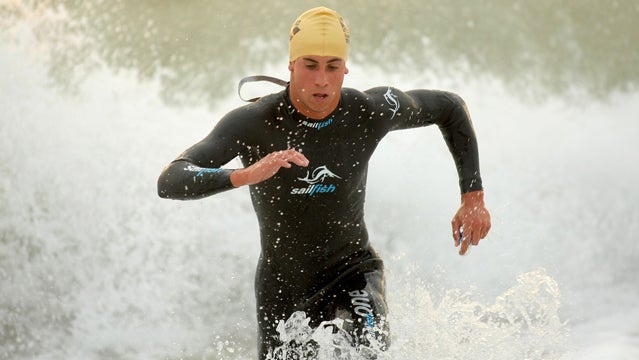
Maybe you don’t have a wetsuit, you don’t like the way they feel, or you don’t want to buy or rent one. Maybe the added buoyancy makes you a more confident, faster swimmer. “Beginners usually approach their first triathlon understanding that they will be wearing a wetsuit because it generally helps them,” Polloreno says. If you want to suit up, find a wetsuit-legal race. If you’re the non-wetsuit type, you may want to look for a race that prohibits wetsuits, or a warm-water or pool event.
Your First Triathlon: Close to Home
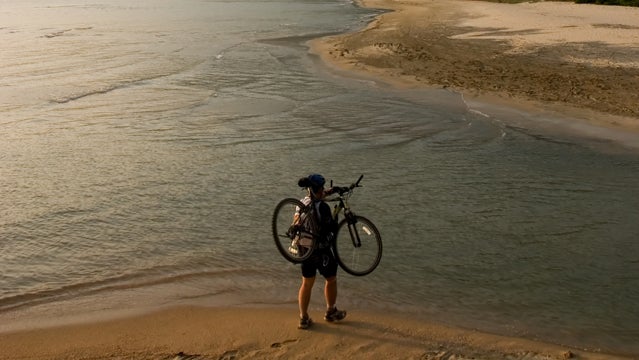
Consider if you want to race near home or travel. “You may not want to spend a lot of money to travel if you’re just testing the waters,” Polloreno says. Now you have decisions to make: Want to race in March, but you’re stuck in the snow? You’ll have to travel. Want to wait until summer when the weather’s nice at home? Your race may be more competitive.
Your First Triathlon: Research the Swim
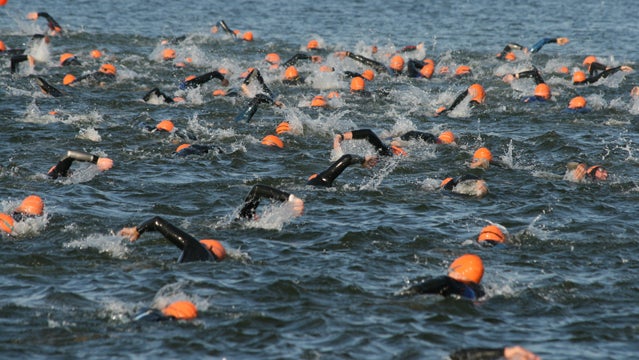
“The swim is the biggest barrier to entry in triathlon,” Polloreno says. If the swim is your “limiter”—your least proficient of the three sports—or you’re worried about the swim start, look for races with pool or lake swims. Also consider how the start is organized. Most races start in waves, meaning competitors are divided into many groups that begin the swim in intervals. Some events, however, may have a mass start in which all competitors begin together.
Your First Triathlon: Timing
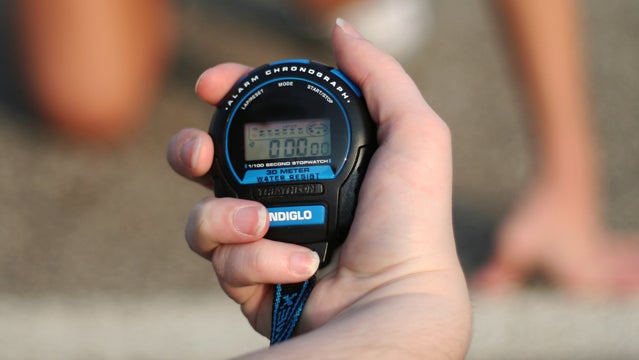
“Assess your fitness level and make your goals accordingly,” Polloreno says. “If you’re going from couch to sprint, you’ll want to leave six months, possibly, to do it properly. If you’re a runner or a cyclist transitioning to triathlon, maybe you just need six weeks.”


